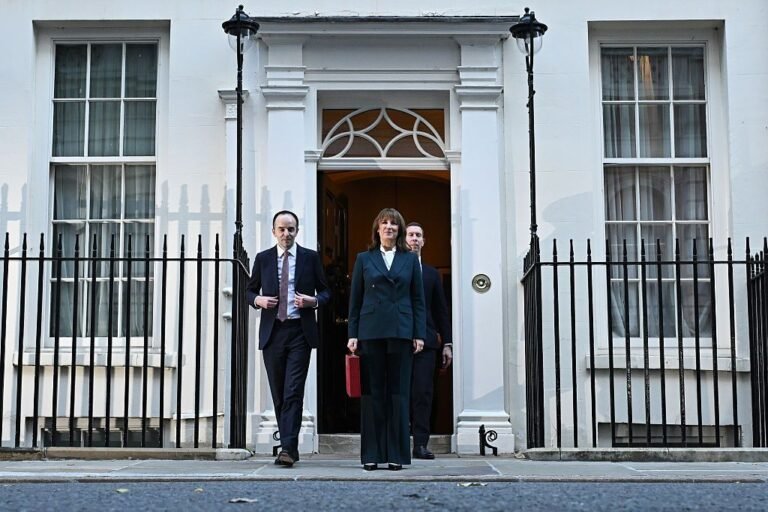Chancellor Rachel Reeves’s second Autumn Budget had been anxiously awaited for weeks – though, thanks to a gaffe at the Office for Budget Responsibility (OBR), the wait was cut short.
As widely expected, the Autumn Budget contained a swathe of tax rises; around £26 billion-worth by 2029/30, according to the OBR report that made a premature appearance on the agency’s website.
Sign up to Money Morning
Don’t miss the latest investment and personal finances news, market analysis, plus money-saving tips with our free twice-daily newsletter
Don’t miss the latest investment and personal finances news, market analysis, plus money-saving tips with our free twice-daily newsletter
“Many more people will now pay higher rates of tax, adding yet another hurdle to long-term saving and making it harder for investors to build diversified portfolios,” said Shaun Moore, tax and financial planning expert at Quilter.
Tax on property income
Reeves’s Budget will create separate tax rates for property income in England, Wales and Northern Ireland. From 2027/28, the basic rate will be 22%, the higher rate will be 42%, and the additional rate will be 47%.
“Property investment has always come with a painful tax bill,” said Sarah Coles, head of personal finance at Hargreaves Lansdown. “This announcement intensifies it.”
The government anticipates that this will raise £445 million annually by 2030/31.
As well as reducing profits for landlords, Coles warned that higher taxes on property income could filter through to hit renters.
“The Hargreaves Lansdown Savings & Resilience Barometer already shows [renters] have less money left at the end of the month – at just £39 compared to £299 among mortgage holders,” said Coles. “They also have less in savings and are less likely to be on track with their pension than homeowners. Higher rents would make this even worse.”
Tax on dividend income
Reeves announced a change to the rates of income tax that will be applied to dividends. From 2026/27, the two lowest rates of dividend tax will be increased by 2 percentage points. That will raise the ordinary rate to 10.75%, and the upper rate to 35.75%. The additional rate will remain unchanged at 39.35%.
“Increases to dividend tax are a further blow to investors who are already facing bigger tax bills due to jacked up capital gains tax rates and stingier annual tax-free allowances to investment income and profits,” said Craig Rickman, personal finance expert at Interactive Investor.
Rickman adds that self-employed private limited company owners who draw a small salary and pay themselves mostly through dividends would also feel a hit from the change.
“Higher dividend tax rates may prompt investors to reconsider how they position their portfolios, focusing on high-yielding stocks within their ISAs and pensions, which are exempt from dividend tax, and opting for growth stocks on holdings outside of tax wrappers,” said Rickman.
The government expects to raise an additional £1.4 billion in the 2030/31 tax year thanks to the change.
Tax on savings income
There will also be changes to the rate of income tax applicable to savings income from 2027/28. These will match the rates applicable to income from property: the basic rate will be 22%, the higher rate will be 42%, and the additional rate will be 47%.
“What is particularly striking is that savings tax applies at your marginal rate, meaning these increases will hit hardest for those already paying higher or additional rates of income tax,” said Moore. “This creates a disincentive for prudent savers and undermines the principle of rewarding financial resilience.
“Meanwhile, the personal savings allowance has remained static, meaning more savers will be caught by these higher rates. Especially as more and more people become higher rate taxpayers and therefore only get a £500 allowance rather than the £1,000 that basic rate taxpayers get.”
The government expects to raise £505 million in the 2030/31 tax year through the increase to tax on savings income.
Summary table
|
Income type |
Proposed basic rate (%) from 2027/28 |
Proposed higher rate (%) from 2026/27 |
Proposed additional rate (%) from 2027/28 |
|---|---|---|---|
|
Property |
22 |
42 |
47 |
|
Dividends |
10.75 |
35.75 |
39.95 |
|
Savings |
22 |
42 |
47 |

